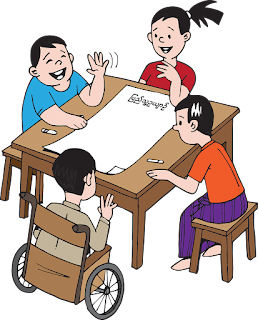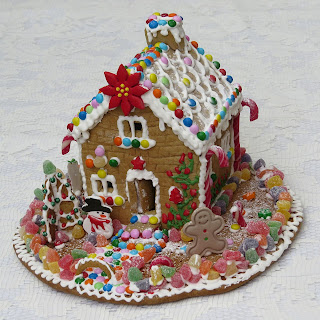Ten monsoon activities for children Part 3 9 Social Work Many people cannot enjoy the rain from the warmth and comfort of their homes as they are homeless or live in huts or buildings with leakages. Privileged kids will be aware of the suffering around them if they visit these homes to understand their hardship. They may donate food, clothes, medicine, books, toys etc to those families. 10 Nature study When it’s possible, allow your kids to study the plants, animals, soil and the sky around them. Let them gaze at the clouds of shades of grey and black above them in their funny shapes, merging and separating from one another. A stray dog shaking off water droplets from its body, a snail inching on the wet ground, frogs hopping merrily in the rain etc are sights of joy. Stay clear of turbulent beaches, quicksand, slippery slopes and other hazardous zones. #naturestudy, #monsoonnature, #rainstories, #monsooneducation, #rainclouds, #frog, #toad, #snail, #dogintherain, #cl










